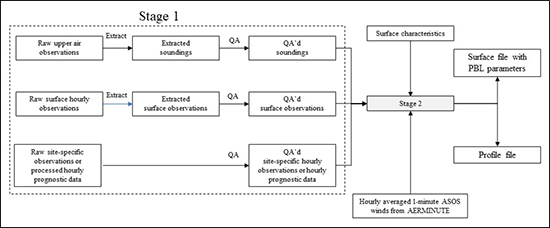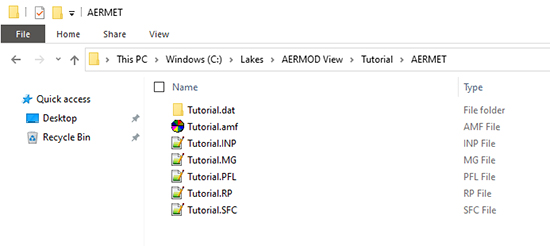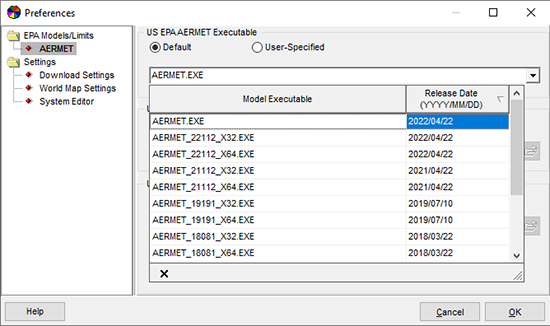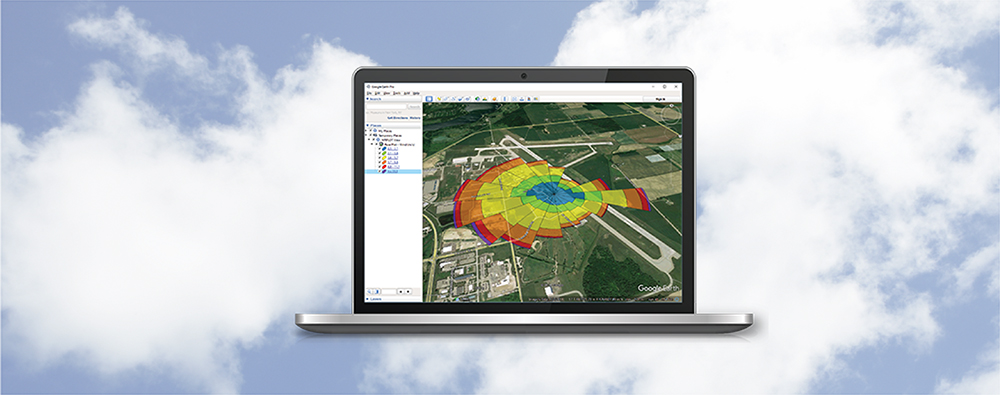Lakes Environmental recently released the new AERMOD View Version 11.0 which includes support for the latest U.S. EPA model releases dated 22112 for the AERMOD & AERMET dispersion modeling components. The AERMET 22112 update debuts an entirely new code-base for the regulatory meteorological preprocessor. As illustrated below, the new AERMET has been changed from a three-stage to a two-stage process.

Image courtesy of U.S. EPA AERMET User’s Guide (2022)
With internal routines reconfigured for extracting data, performing quality assurance, and calculating boundary layer parameters, AERMET View Version 11.0 includes some file formatting changes. When running AERMET 22112 in AERMET View Version 11.0, look for the following:
The model still produces the same surface (*.SFC) and profile (*.PFL) output files for use in AERMOD.e most modeler’s will not need to produce so many files, AERMOD View will issue a warning should the user select too many debug files in a single model run.
Instead of 3 separate input files (*.IN1, *.IN2, *.IN3), the application will create a single combined-stage input file with extension *.INP.
Message and Report files are similarly contained in single stage outputs files. Messages will be written to the *.MG file while Report output will be written to the *.RP file.

Of course, AERMET View remains backwards-compatible with all previous releases dating back to 12345 (December 2012). Simply go to the File | Preferences settings and choose a different version of AERMET form the drop-down menu.



